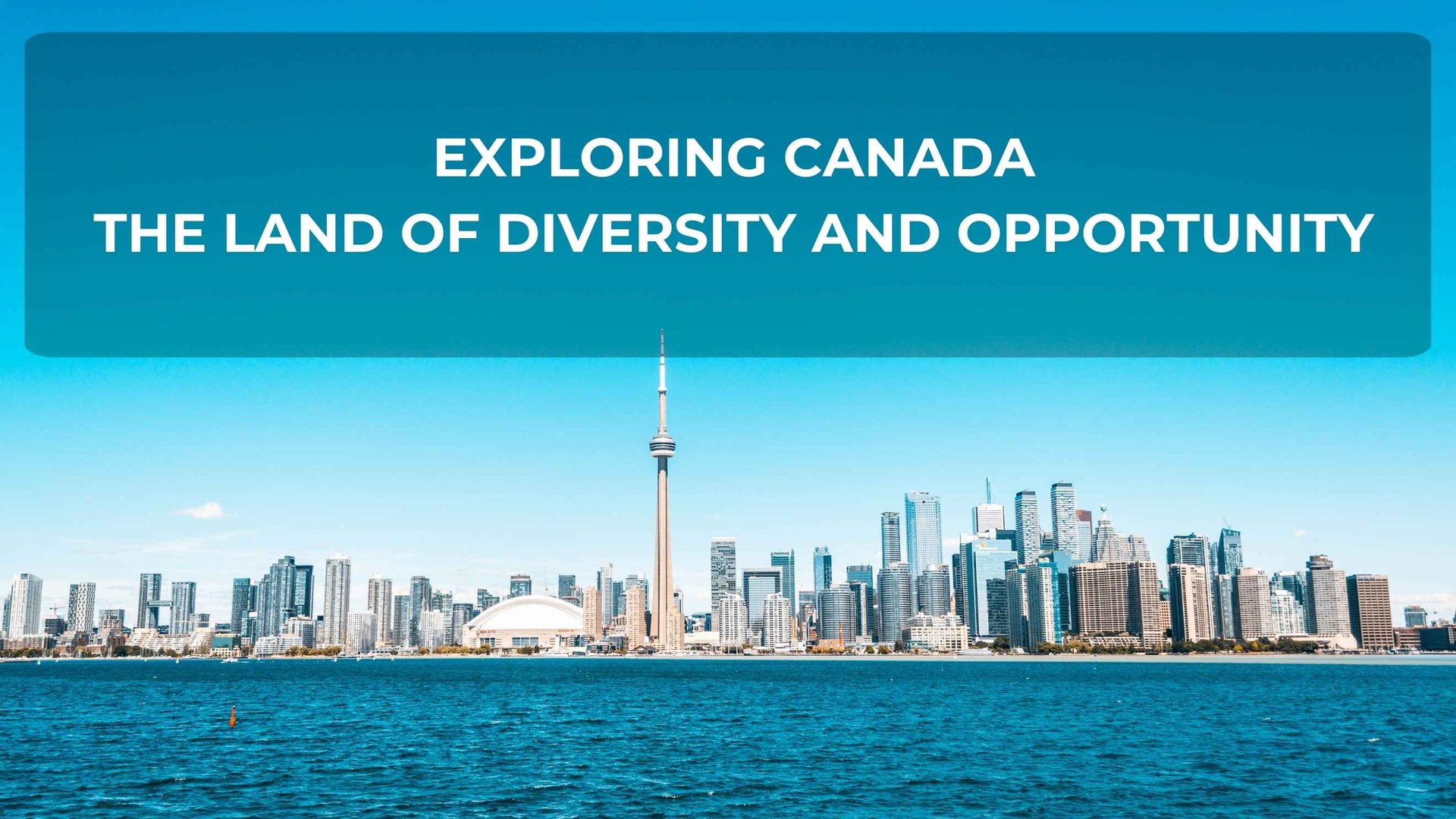
Canada is not only known for its breathtaking landscapes but also for its high-quality education system, which attracts numerous international students seeking a promising future. However, as a vast country, each region in Canada operates almost like an independent nation with its own distinct characteristics and policies. Choosing the right place to study can be a daunting task for students. This article will help you explore and make an informed decision based on insights that you "might already know."
I. Geographic Location
Located in North America, Canada is a constitutional monarchy with an impressive land area of 9,984,670 km², making it the second-largest country in the world. Its territory stretches from the Atlantic Ocean to the Pacific Ocean and from the Arctic Ocean to the United States.
Canada consists of 10 provinces and 3 territories, each with its own governance structure. These regions are typically divided into five main areas:
- Central Canada: Quebec, Ontario.
- Eastern Canada (Atlantic Region): Newfoundland and Labrador, Nova Scotia, New Brunswick, and Prince Edward Island.
- Western Canada: Alberta and British Columbia.
- Northern Canada: Nunavut, Yukon, and the Northwest Territories.
- Prairie Provinces: Manitoba, Saskatchewan, and part of Alberta.
II. Climate
Canada’s climate is unique, with each region experiencing different weather patterns. The country has four distinct seasons, leading to significant temperature variations ranging from 30°C to -40°C. Generally, temperatures become milder as you move from north to south.
- Northern Canada: Winters and summers are both harsh, with temperatures often below 0°C. Some northern regions have snow year-round, resulting in sparse ecosystems.
- Southern Canada: Offers a stark contrast, with milder winters and more comfortable weather throughout the year. As a result, this area is more densely populated and economically developed.
- Inland Regions: These areas experience more extreme temperatures—hotter summers and much colder winters, with temperatures dropping to -10°C and snow covering the ground for nearly half the year.
- Western Coastal Region: Influenced by the warm Pacific winds, this area has a temperate maritime climate with stable temperatures, making it more suitable for Asian immigrants. The mountainous terrain also helps maintain a moderate climate of around 15°C.
III. Time Zones
Due to its vast size, Canada has six different time zones, which may take some time to adjust to. Here’s a breakdown:
|
Time Zone |
UTC Offset |
Applicable Regions |
|
Newfoundland |
UTC -3:30 |
Newfoundland & parts of Labrador (e.g., St. John's) |
|
Atlantic |
UTC -4:00 |
New Brunswick & Nova Scotia |
|
Eastern |
UTC -5:00 |
Ontario, Quebec, Eastern Nunavut (e.g., Toronto, Ottawa, Montreal) |
|
Central |
UTC -6:00 |
Manitoba & parts of Northwestern Ontario (e.g., Winnipeg) |
|
Mountain |
UTC -7:00 |
Alberta, Northwest Territories, parts of British Columbia (e.g., Calgary, Edmonton) |
|
Pacific |
UTC -8:00 |
British Columbia & the Pacific region |
IV. Economy
Canada boasts a strong economy with a global presence. Despite having a population of only 38.25 million, it ranks among the top 10 largest and wealthiest economies in the world. Canada is a member of the G7 and the Organisation for Economic Co-operation and Development (OECD), attracting significant foreign investment.
This economic stability translates into high employment opportunities and an average annual income of USD 46,212, with a low unemployment rate. Universities in Canada offer numerous Internship and Co-op programs, allowing students to gain work experience before graduation—opening doors to bright career prospects for international students.
V. Living Environment
Canada is widely recognized as one of the safest countries in the world, making it an ideal destination for international students and long-term residents. Since the 1990s, crime rates have been declining, thanks to Canada's strict legal system and effective governance.
The Canadian government places great emphasis on student safety. If you need assistance or personal safety guidance, you can contact any educational center or participate in safety awareness programs upon enrollment.
Additionally, Canada is home to stunning natural landscapes that its people take great pride in preserving. Some of these sites have been recognized by UNESCO as World Heritage Sites. The country’s rich biodiversity includes rare plants and animals, with vast forests and prairies supporting the agriculture industry in the southwest. Wandering into a picturesque Canadian forest and discovering its beauty is not uncommon!
We hope this article has helped answer some of your questions and guided you toward making the right choice for your study abroad journey in Canada.
If you have any further inquiries about studying in Canada, feel free to contact PathCAN for free consultation!